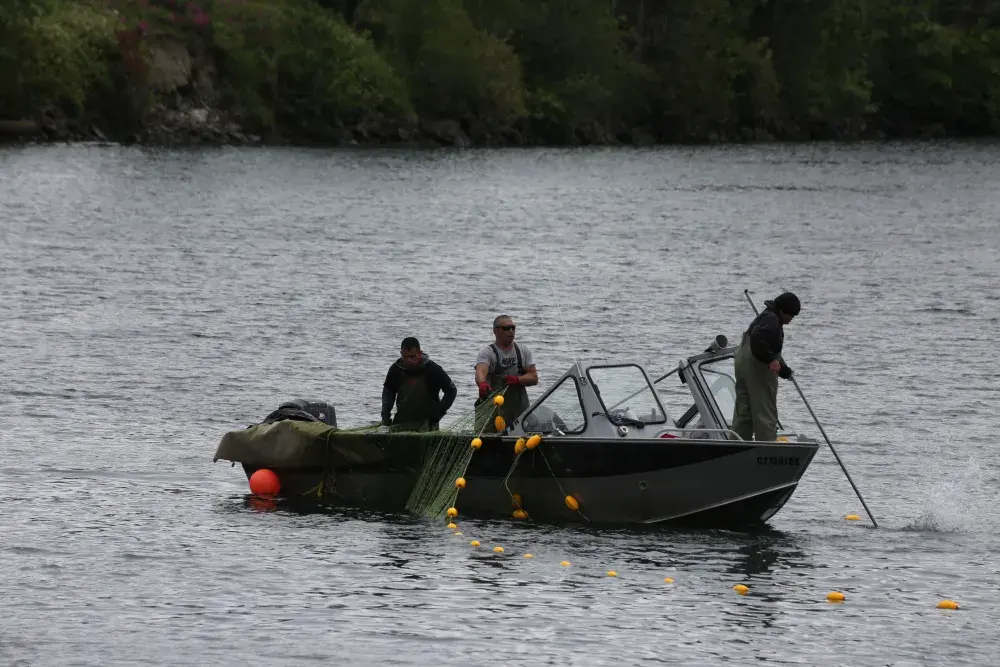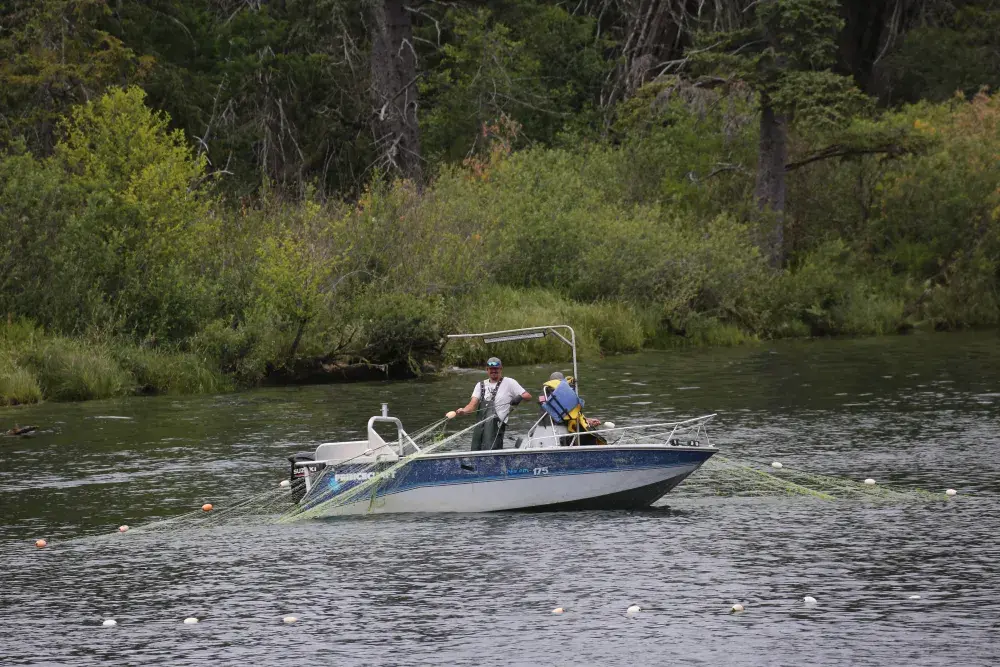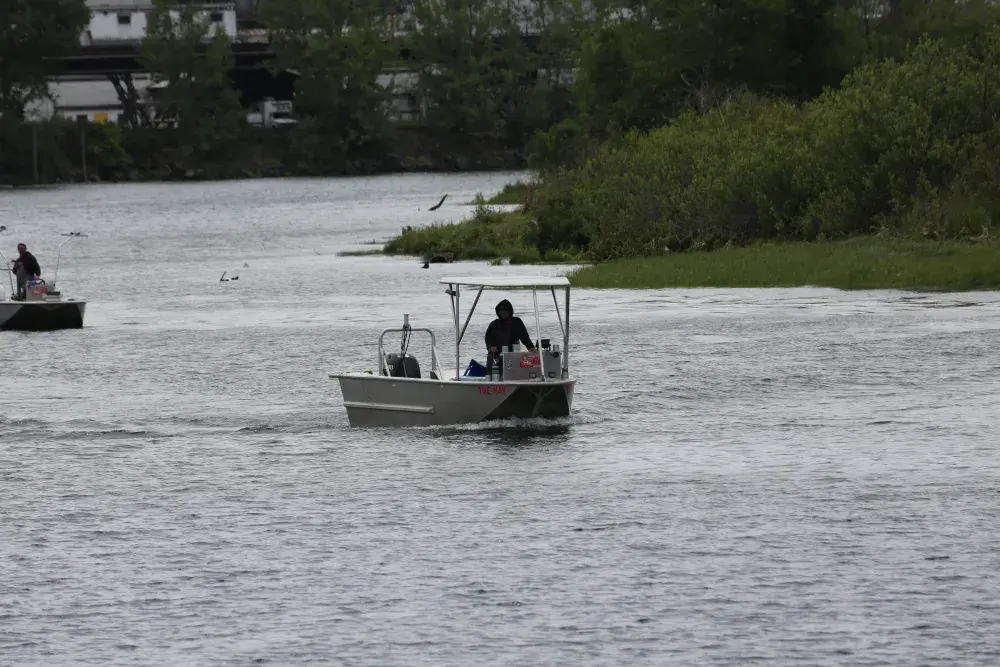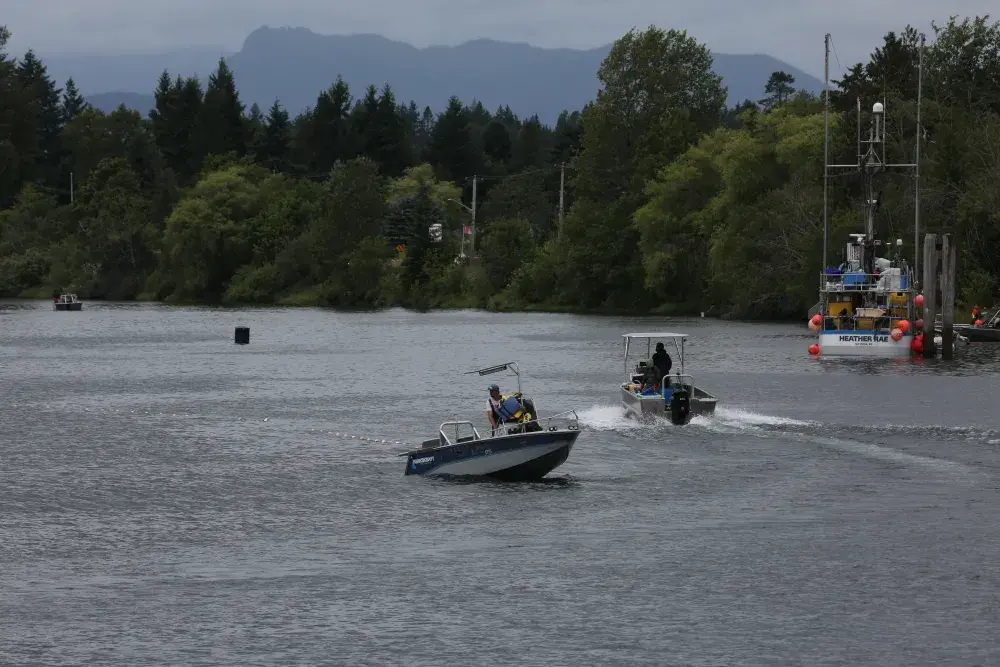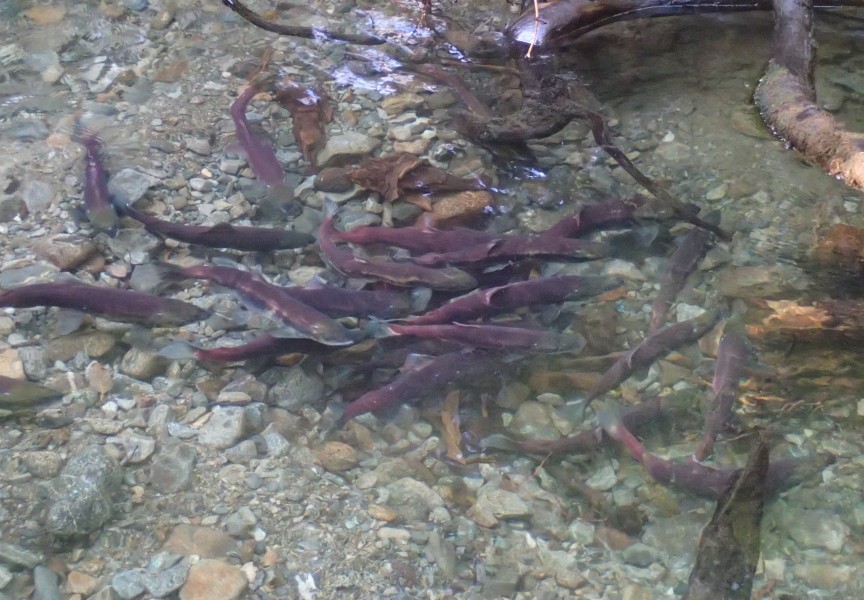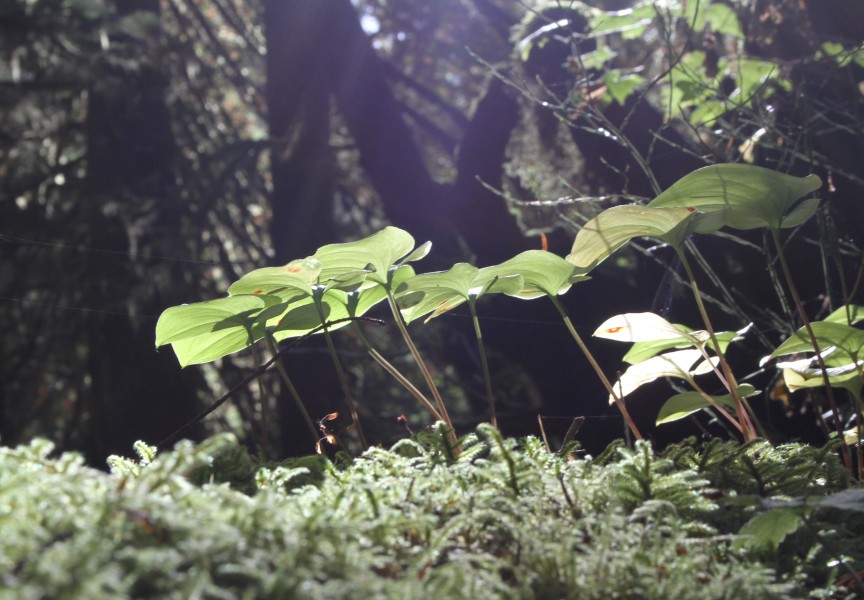By early May, Larry Johnson of Huu-ay-aht, who’s traditional name is Anii-tsa-chist, meaning keeper of the sea, had already seen the traditional signs that indicate the beginning of fishing season.
“The swallows that are flying around are indicators and the salmon berry bushes coming into bloom are also indicators,” said Johnson, who is the president of Nuu-chah-nulth Seafood and chairman for the Maa-nulth Fisheries committee.
“When you see lots of salmon berries blooming and lots of berries, it will be a good salmon year,” he said.
These are all signs that, according to Johnson, mean “the river should have fish in it.”
According to Hupačasath’s fisheries manager and biologist Graham Murrell, the first Sockeye was recorded on April 5 in Sproat lake. By early May migration through the Somass River system started to pick up to 10 a day, he shared.
“Most years, we're coming in with a bunch of unknowns [and] uncertainty about what the actual return is going to turn out to be,” said Murrell. “The Round Table, we settled on a conservative moderate starting point around the 500,000 [for sockeye].”
“It puts us into moderate fishing [and] sets out June fishing parameters for all the sectors,” said Murrell.
Last year, the round table predicted a sockeye return of about 700,000 into the Alberni Inlet and Somass, shared Johnson.
“What happens is, in season, sometimes you get indications that there's more fish or less fish,” he explained.
In retrospect of last season, Johnson shared with Ha-Shilth-Sa that he believes the drought conditions impacted the fish’s ability to go up the rivers at particular times, creating holding patterns that gave the illusion of more fish than there was.
“The drought, it caused a lot of fish to hold, as opposed to being able to go up the river and hold in the lake,” said Johnson. “We had overpredicted, and so we stopped fishing.”
In the past Murrell has seen Sockeye season extend through to September. He hopes that this year the Sockeye finish their run by the end of July, avoiding the higher temperatures in August.
Last year, the majority of Somass sockeye migrated in better conditions, shared Murrell.
“Last year was a pretty good year,” said Murrell. “In terms of sockeye, especially.”
As of May 15, the snow survey and water supply bulletin reported Vancouver Island’s snow basin to be 34 per cent of normal.
With a provincial average of 57 per cent of normal, “warm weather in early May led to accelerated snowmelt,” reads the report.
“Thankfully, we are coming out of the El Niño now,” said Murrell of a weather pattern bringing warmer water on the ocean's surface near the equator, which brings warmer weather patterns to the West Coast. “The lasting effects of that El Niño winter, I’m sure it will impact the sockeye this year.”
The provincial report points to warmer-than-normal spring and summer weather expected, and “hazards of drought due to long-term precipitation deficits, low snowpack, [and] early snowmelt.”
“[Snowmelt] keeps our rivers cooler as the season goes on, so we don't have as much of that to play with,” said Murrell. “Hopefully it stays cool enough and we can maintain the rivers and the cooler water.”
This year, with the expected hot conditions and the impacted snowpack, Murrell said we could foresee some holding patterns and “slowdown in the returns.”
“There'll be some modifications to fishing plans, I'm sure,” he said. “When we see that happening, the nation fisheries, we'll try to kind of give the fish a free passage up the river.”
But for Murrell, his concerns are focused on the return counts for mature male salmon in Great Central and Sprout Lake.
“The real issue is, what I see, we may have an imbalance between Great Central and the Sprout stocks this year for Sockeye,” said Murrell.
Last year Great Central saw a large number of Jacks, mature males, shared Murrell.
“Usually it's flipped around, usually you'll see more through Sprout, but Great Central had quite a bit,” he noted.
“That's kind of pointing towards perhaps a little lower Sproat return so that's something we'll just have to keep an eye on,” said Murrell of forecasts based on last year's numbers. “I'm hoping for good things.”
“I have high hopes,” added Johnson. “I'm a fisherman, so we always have high hopes for going out and having success because we're trying to feed our people.”

